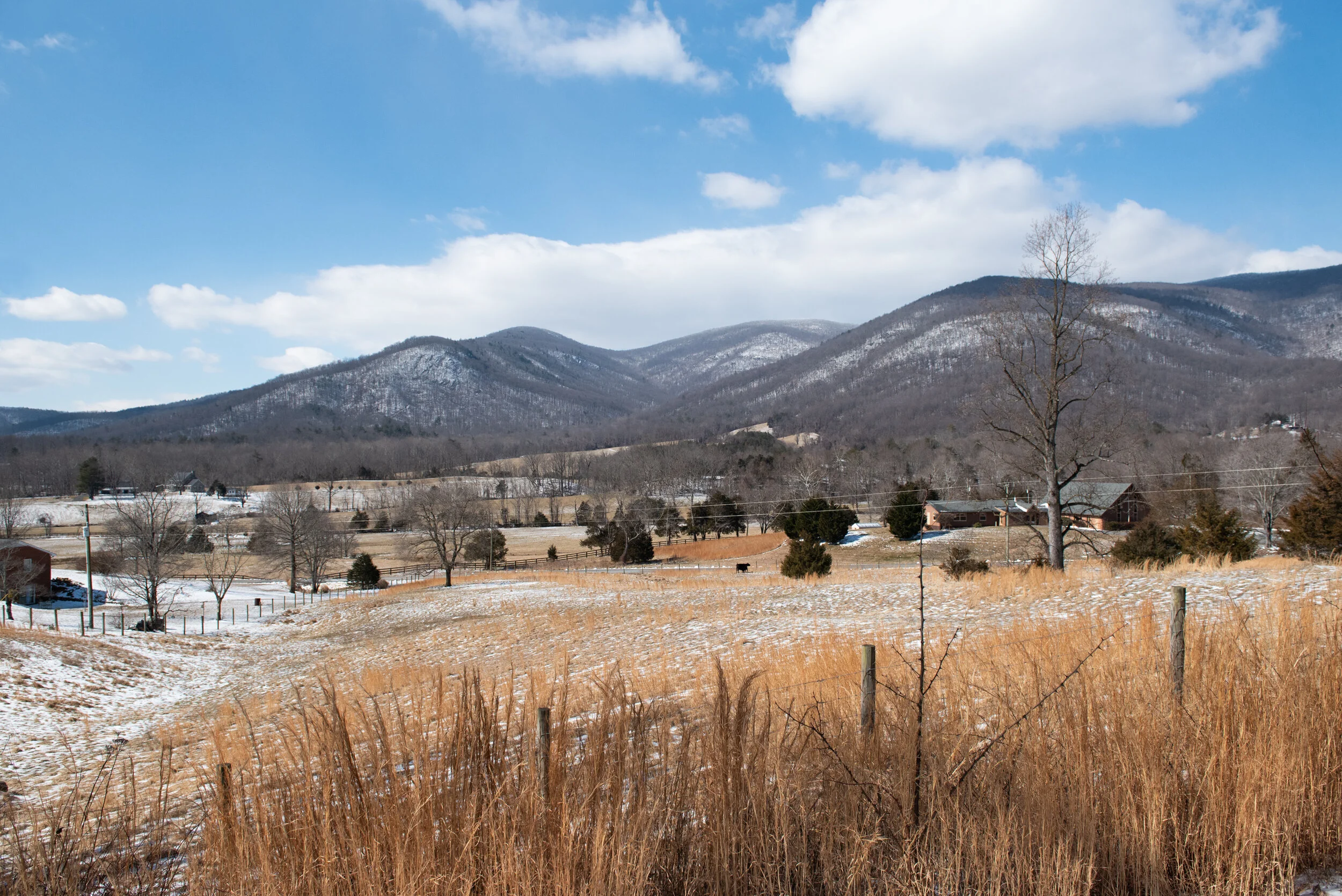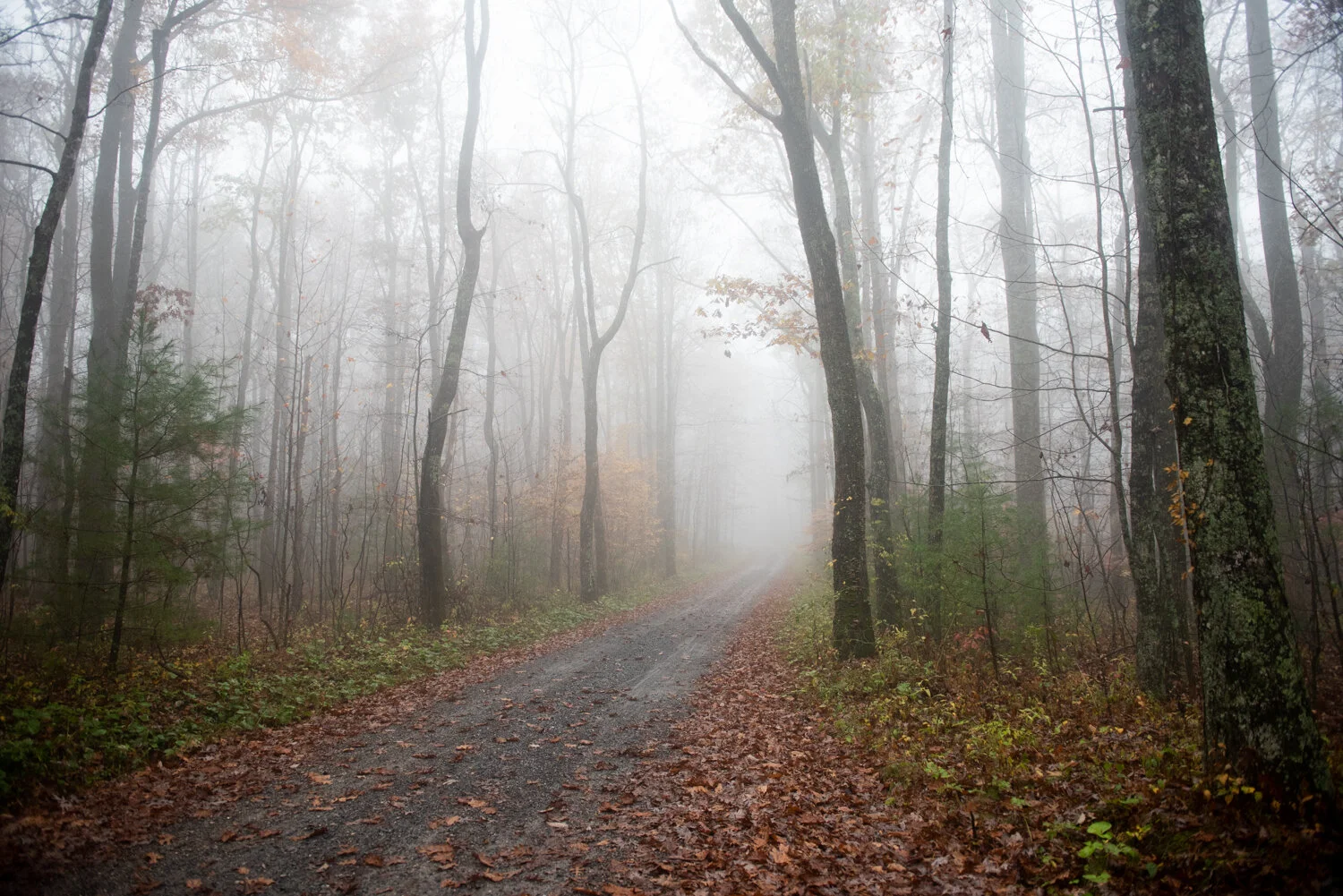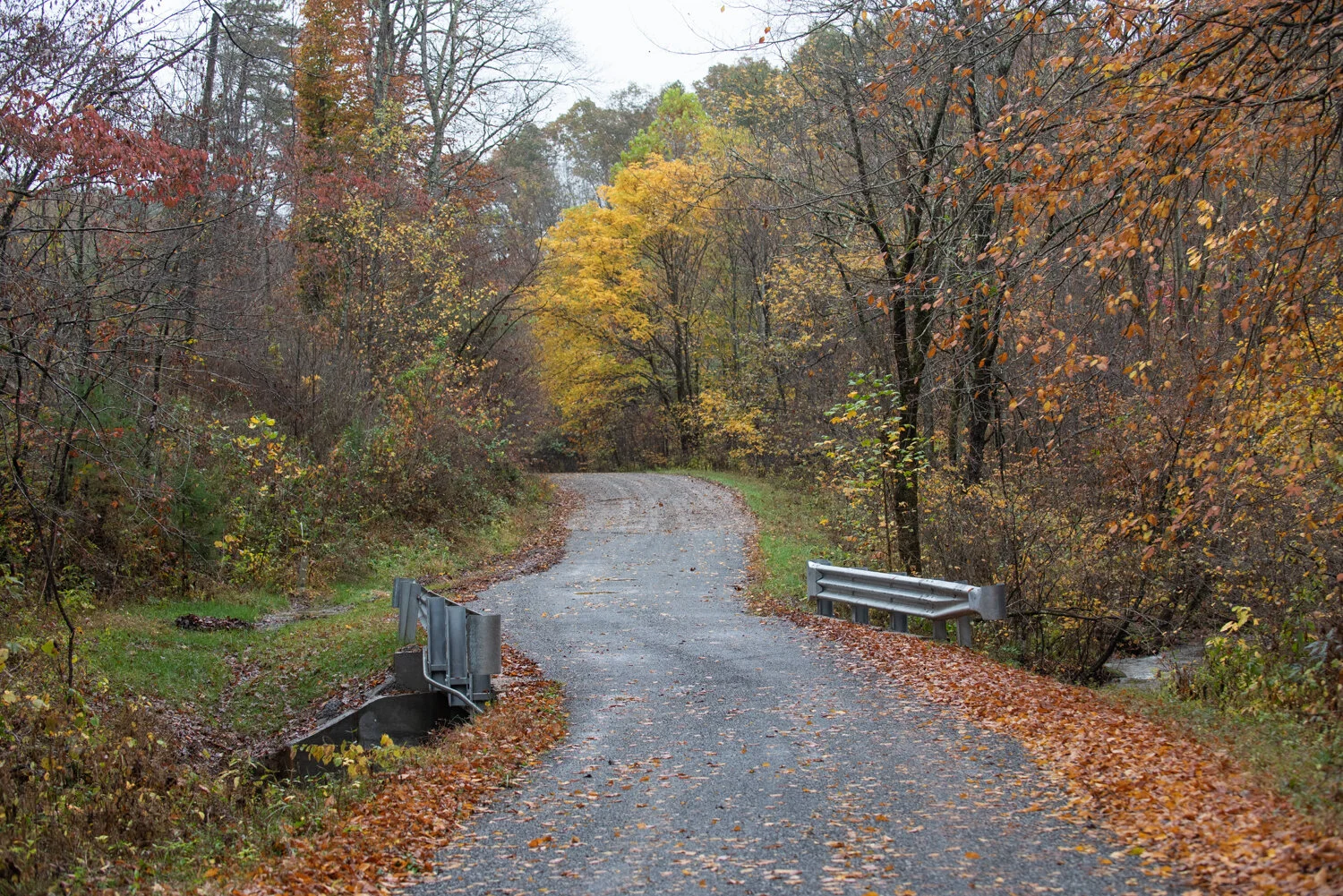Triathlon Tips: How to Prepare for a Rainy Race
Disclaimer: This post may contain affiliate links, through which we earn a commission.
At the beginning of autumn I competed in the Reston Triathlon, which is held each year on the second Sunday in September. This was my second time entering after racing it for the first time in 2016. The conditions under which each of these editions of the race took place couldn’t have been any more different from each other. Whereas back in 2016 the athletes competed on a perfectly sunny day, the 2018 edition of the race presented what would arguably be the worst weather in which I have ever competed. How did I make it through? Well, as the saying goes; Proper preparation prevents poor performance. That couldn’t apply any better to this day that required a few more details to consider, given the challenging weather conditions. Read along as I share some of the things to think about when racing during challenging weather.
You’ll find as I run through the list that while a few aspects relate to physical elements that can be prepped before the race, the most significant preparation for bad weather has to do with the psychological approach taken towards the day. Here are my 5 top tips for racing in bad weather:
1) Study the weather app like a hawk the week before the race.
Being prepared for bad weather will require that you have a clear picture of what to expect on the day. No weather service will ever get the forecast absolutely spot on, but for the most part, you’ll have a much better idea of what to pack if you know how things will play out. Knowing simply that rain is in the forecast is not enough. You’ll have to dive into the per-hour breakdown to ensure you know the timing of the rain. Sometimes a race will start off dry and end in the rain. In the case of the 2018 Reston Triathlon, the weather was flat out wet and miserable from the get go. With the knowledge of the latest detailed weather predictions, you can pack that extra layer of rain protection. During this particular race, I packed two rain jackets. I wore the first during the warm-up before the race and then handed it off to Christin just before the race began. This meant I was dry and warm as we started, and I still had the second jacket stashed in the car. It was the biggest bonus to put on the dry, warm rain jacket after the race to help keep the post-race chills away.
2) Plan your clothing layers carefully.
Triathlon already requires so much equipment, even on a good day, but competing in the rain or cold will force you to run through that pre-race packing list a few extra times. Don’t make the mistake of layering up too heavily or too little. You’ll have to think about how going from the swim (or in this case, a first run), to the bike, to the run will require additional layers. On a nice day, most triathletes just wear a tri suit from start to finish, which works great for all three disciplines. When bad weather comes into the picture it might require that you add some arm warmers or a windjammer to the bike leg. If you really don’t want to get too soaked, then make sure to have that rain jacket ready for the bike. My biggest advice here would be to avoid any non-breathable jackets. You will be 10mins into the ride and overheating like crazy if the temperatures aren’t really that cold. Running in itself will already force the body to function at a higher temperature compared to the bike where only the lower body is moving, while the upper body is hit with a lot of wind resistance. If you know your body heat spikes during the running leg, make sure to shed the extra layers after the ride. The really gritty folks will be able to compete solely in the tri suit, and maybe some arm warmers when the run comes around.
3) Keep your gear dry.
By the time you get onto the bike, it will only take a few minutes of riding on soaked roads before each piece of you will be totally drenched. But having a dry pair of shoes at the start of the ride helps overcome the negative mental drag of getting started with a wet bike ride or run. To achieve this comfort, I keep my running shoes and cycling shoes wrapped up in a plastic bag in the transition area next to my bike. I quickly grab just the item that I need from this bag as I transition to the next discipline. This also means that by the time I get to the run I’m not stepping into shoes filled with water. Yes, I know that the time-obsessed racers will probably completely disagree here. They will still pre-clip their shoes in the transition area in order to save each valuable second. This decision is totally subjective, but in my opinion, the small comfort at the start of each discipline offsets the few seconds I lose in the transition area. A point of caution with this trick is to be mindful of what the race organizers will allow. Big sports bags are not usually allowed in the transition area, but often the organizers will provide a plastic bag in your registration goody bag. This is the bag I use. Ironman athletes reading this will not have a choice here, you are forced to place all your goodies in the supplied bags in any case.
4) It’s a mental game!
Watch the video that goes with this blog post and you’ll hear me explain a bit about the mental aspect that comes with racing under challenging conditions. The biggest challenge on a bad weather day is the additional mental toughness required to get through the day’s effort. Be mentally adaptable to make changes to your expectations. This particular triathlon required a number of last minute changes, including factoring in the cancellation of the swim due to high levels of toxic algae in the water. The event changed to a duathlon: run, bike, run. Despite having trained for months for a triathlon, I was instead required to run much further than planned. It was a total bummer to learn this piece of news from the race organizers, but that was the reality that I and my fellow competitors had to face. Factor the changes to plan into your expectations as soon as you are aware of them. As you visualize the race in the days before, incorporate the rain and/or cold into that picture. This will help put your mind at ease for whatever happens on the day. You might even overestimate the severity of it all and have better conditions than expected – bonus!
5) Don’t get sick.
It’s so easy to think that the race ends once you cross the finish line, but make sure you aren’t paying the price for your efforts later that week. Support your body with a few post-race preventative measures. As you cross the finish line and begin to cool down, your muscles will be warm after working out for such an extended period of time. You might not feel cold right away, but try to avoid hanging out with friends and competitors for too long at the finish line, especially in a downpour. Pack some towels in your car prior to the race, plus enough post-race warm, dry clothing. Get changed as soon as possible. You’ll have more than enough time to share battle stories with your buddies at the post race awards ceremony, but priority number one is not to let freezing rain chill you to the core, leaving you to battle out a cold for the next few days. Plan ahead, maybe the venue where you’ll be competing will even have some showers – awesome! Nothing beats warming up in a shower and drying off after being totally soaked throughout a race. Head home and eat a big healthy meal full of good fats and proteins. A serving of fruit will also help boost your blood sugar levels. Soaking in an Epsom Salt bath is also incredibly beneficial to those muscles that worked so hard to get you across the finish line. Consider boosting the immune system with some vitamin C and elderberry syrup. Be sure to spend some time stretching too. Here’s a link to our daily stretching routine. Then relax for the rest of the day. You’ve earned your spot on the couch!
I hope that my top 5 tips for racing in bad weather will help you plan ahead for that next race. It’s so tough to wake up to rain on race day, and there’s always the temptation to pull out of the race and go back to bed. The bottom line is that there is no such thing as bad weather, only incorrect clothing! Plan ahead and mentally factor in that the day will be challenging. After you’ve made all your preparations, just go out there and enjoy it. You’ll be pleasantly surprised how much fun it can be to race through bad weather. And you’ll be rewarded with a super-hero feeling, and bragging rights, that come with the achievement!
And lastly, we must give major kudos to the race organizers who managed to pull this race off, despite all the factors working against them. We can only imagine how difficult it is to plan a race under the best of circumstances, and this was a heck of a day! So we truly appreciate all your efforts, along with the efforts of all the volunteers, to offer such a great triathlon to Northern Virginia, for 35 straight years. Thank you!
- Wiehan
And tell us! If you’re an athlete, what are the most difficult conditions you’ve endured in a race or competition?
















